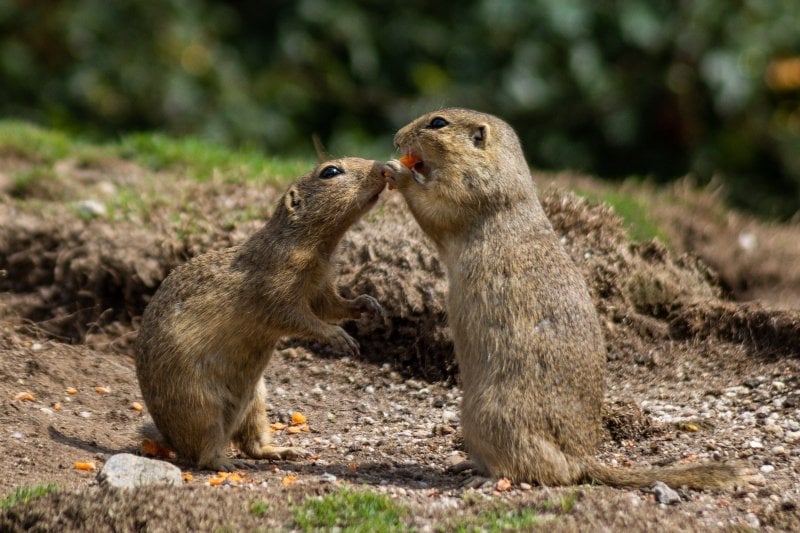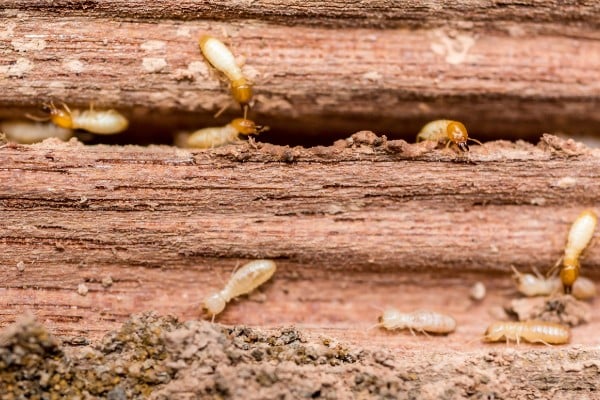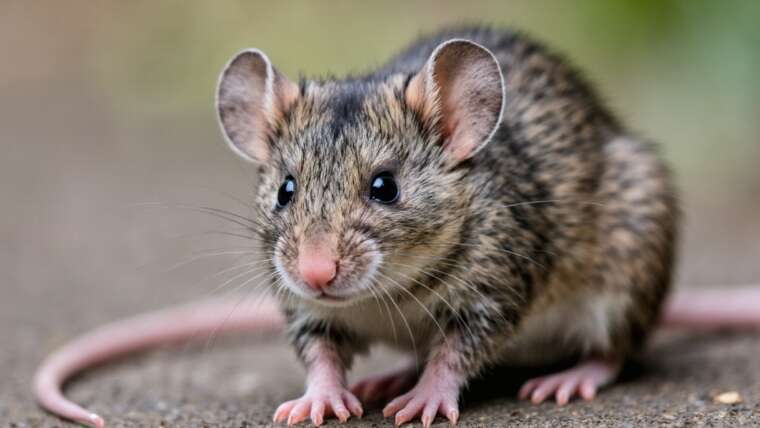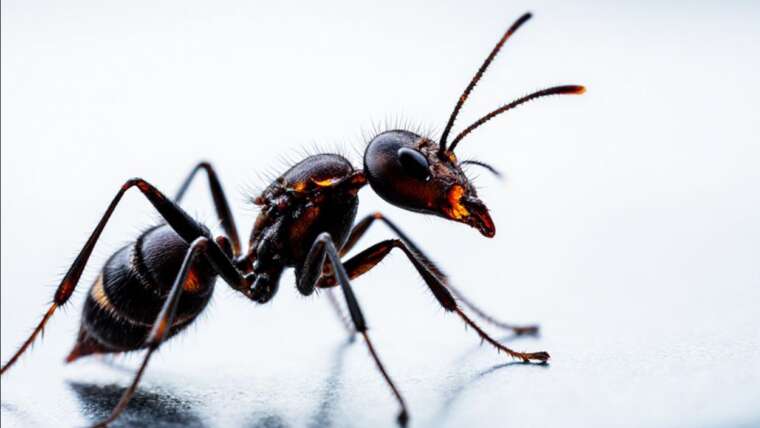Preparing for Gopher Season: Essential Insights
As winter fades and spring approaches, it’s crucial to prepare for the resurgence of pesky creatures like gophers. With the warming weather, you may begin to notice increased gopher activity in your yard. Not only do these animals create unsightly holes, but they also pose a threat to your beloved plants. A common question arises: What plants do gophers eat? Let’s delve deeper into the habits and preferences of these garden invaders to safeguard your outdoor space.
Understanding Gophers
There are several species of gophers found across North America, predominantly the pocket gophers. In the United States, a total of thirteen species of pocket gophers exist. They earned their name due to unique cheek pouches—referred to as pockets—that they use to transport food. Interestingly, these pouches are lined with fur, which adds insulation and helps to keep their foraged food fresh.
Pro Tip: To identify the type of gopher in your area, examine the size of the mounds they create; different species have distinct mound sizes and shapes.
Gopher Feeding Habits
Unlike moles, which have diverse diets, gophers are strict herbivores. Their diet leads to substantial damage to gardens as they feast on roots and plants. They typically feed in three primary ways:
-
Beneath the Soil: Gophers engage in subterranean eating by consuming roots and other nutrients below the soil surface.
-
Short Ventures Above Ground: Occasionally, gophers will leave their burrows to grab plants within a short radius and quickly return to their underground homes.
-
Pulling Plants Underground: They can tug plants into their burrows from below the surface, which efficiently minimizes damage risk to themselves.
Pro Tip: To lessen gopher damage, consider mulching the base of your plants, as this can make it more difficult for them to access roots while adding nutrients to the soil.
What Gophers Eat
Gophers display a surprisingly varied diet, consuming a wide range of plants depending on what is available in their environment. They are not picky eaters and are known to damage numerous plants, including:
- Alfalfa and dandelions, which are favored.
- Succulent vegetation, fleshy roots, bulbs, tubers (like potatoes and sweet potatoes), grasses, seeds, flowering plants, and even bark.
These dietary habits vary seasonally, as gophers adapt to different food sources throughout the year.
Unique Insight: Gophers are known to cause more damage in spring as plant growth increases, making it imperative to proactively protect your garden during this period.
Plants That Repel Gophers
While gophers might pose significant threats to many plants, certain species are known to deter them due to their unappealing taste. According to Penny Pawl, a master gardener, consider planting these gopher-resistant options:
- Nandina
- Fortnight lily
- Lily of the Nile
- Daylilies
- Salvias
- Hellebores
- Society garlic
- Monkey flowers
- Verbascum
Tip: Incorporating these plants into your garden can be a natural way to reduce gopher invasions while maintaining a vibrant landscape.
The Upside of Gophers
Despite their reputation as nuisances, gophers play a beneficial role in the ecosystem. Their behavior can enhance soil fertility by mixing fecal waste and plant materials, creating healthy ground that is better at absorbing moisture. However, their burrowing can also lead to increased weed infestations and pose risks to animals or humans who might step in their holes.
Final Thought: Embrace the balance of nature by accepting gophers’ ecological contributions while taking steps to minimize their impact on your garden.
Conclusion
While gophers can be a troublesome presence in your yard, understanding their habits and preferences is essential for managing them effectively. By preparing in advance and implementing protective strategies, you can enjoy a thriving garden even in the face of these unwelcome visitors. If you’re in need of professional assistance, services like those offered by Terminix can help control nuisance wildlife in your home. Check to see if they operate in your area and take the first step towards a gopher-free garden.





